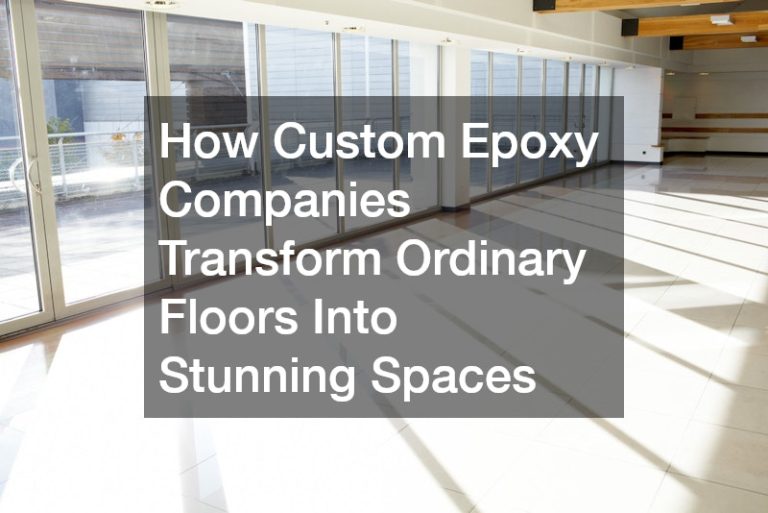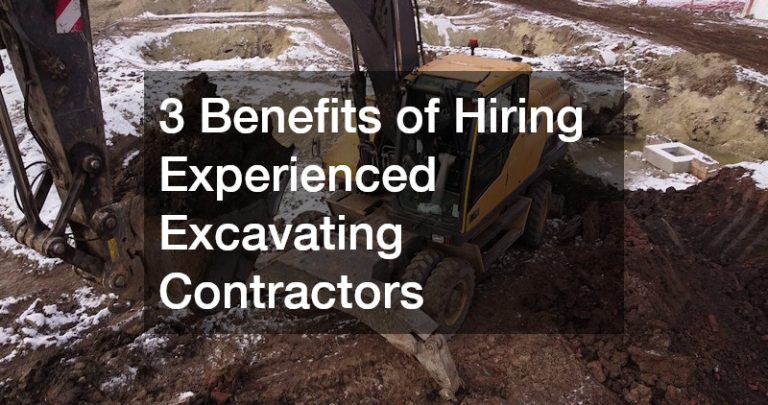
How to Spot Emerging Suburbs for Property Investment in Australia
With median house prices continuing to rise across many parts of the country, more investors are turning their attention to emerging suburbs: areas that offer affordability, future growth potential and long-term rental appeal. But how do you separate a genuine opportunity from a risky buy?
Whether you’re looking in Queensland, the Northern Territory or elsewhere across the nation, this guide will help you understand how to identify a suburb that’s not only affordable but also positioned for future value and stability.
1. Look for Relative Affordability
One of the simplest starting points is to identify suburbs that offer better value compared to surrounding areas. If a location is priced significantly below neighbouring suburbs but shares similar infrastructure, employment access and transport options, it may indicate untapped potential.
These suburbs can benefit from flow-on effects when neighbouring areas become too expensive for buyers and renters.
Properties priced well under a city’s median, particularly within a 30 to 40 km radius of a major CBD, can present strong entry points for investors seeking both yield and capital growth. Use online tools to compare median prices, recent sales and trends like rising enquiry levels or shorter time on market, which may signal increasing demand.
2. Follow Infrastructure Projects
Infrastructure plays a major role in shaping the desirability of a suburb. Roads, rail upgrades, hospitals, schools and shopping precincts improve liveability and often lead to local job creation, making the area more attractive to both buyers and renters. Areas benefiting from government or private infrastructure investment tend to experience property value growth over time, especially once key projects near completion.
Suburbs with upcoming train stations, motorway expansions or university precincts often become more desirable as connectivity and services improve. Check your state government’s infrastructure pipeline and local council development plans to see what’s in the works before making a decision, and be sure to factor conveyancing timelines and land use zoning into your research early.
3. Look for Development or Dual Occupancy Potential
Properties on larger blocks, especially those in councils that support granny flats, dual occupancies or subdivisions, can provide an extra edge for investors. The ability to add a secondary dwelling or split a lot opens up opportunities for increased rental income and long-term value creation. These strategies can also future-proof your investment by allowing you to adapt to changing demand or increase the property’s appeal to future buyers.
However, it’s critical to research local planning rules and overlays to understand what’s permitted. Engage a town planner or property advisor early in the process to confirm development potential and avoid costly surprises. Professional conveyancing services can also help flag any title restrictions or easements that may limit development.
4. Consider Rental Demand and Vacancy Rates
Rental yield remains a core factor for many investors, especially in an environment of rising interest rates and higher holding costs. Suburbs with consistent rental demand and low vacancy rates provide greater income stability and reduce the risk of extended vacancy periods. It’s important to understand who the local renters are, whether the area attracts families, students, FIFO workers or professionals, and to match your property type accordingly.
The right property in the right suburb will appeal to your ideal tenant and help maintain steady cash flow. Reviewing recent rental listings, average days on market and weekly rent trends can provide a clearer picture of current demand.
5. Understand Local Risks
While lower-priced suburbs can offer strong value, they may also come with additional risks that need to be carefully assessed. These might include lower household incomes, higher unemployment, ageing housing stock or socio-economic challenges that impact tenant quality and property performance. Environmental risks like flood zones, poor soil quality or bushfire overlays can also add to insurance costs or limit development potential.
Before purchasing, research the local council’s planning maps, review crime statistics and check the cost and availability of insurance cover. A knowledgeable local property manager can also provide valuable insights into tenant behaviour, rental reliability and common maintenance issues in the area.
Investing in an emerging suburb requires more than just looking for a bargain. It requires recognising the right balance between affordability, infrastructure access, rental strength and long-term potential. Buyers who take the time to assess the fundamentals and dig beyond surface prices are often better positioned for strong, sustainable returns.
From the outskirts of major cities to regional centres and fast-growing corridors in Queensland and the Northern Territory, opportunities still exist for those willing to do their homework. By following the right indicators and seeking professional advice when needed, you can secure an investment that performs well over the long term while supporting your broader financial goals.




